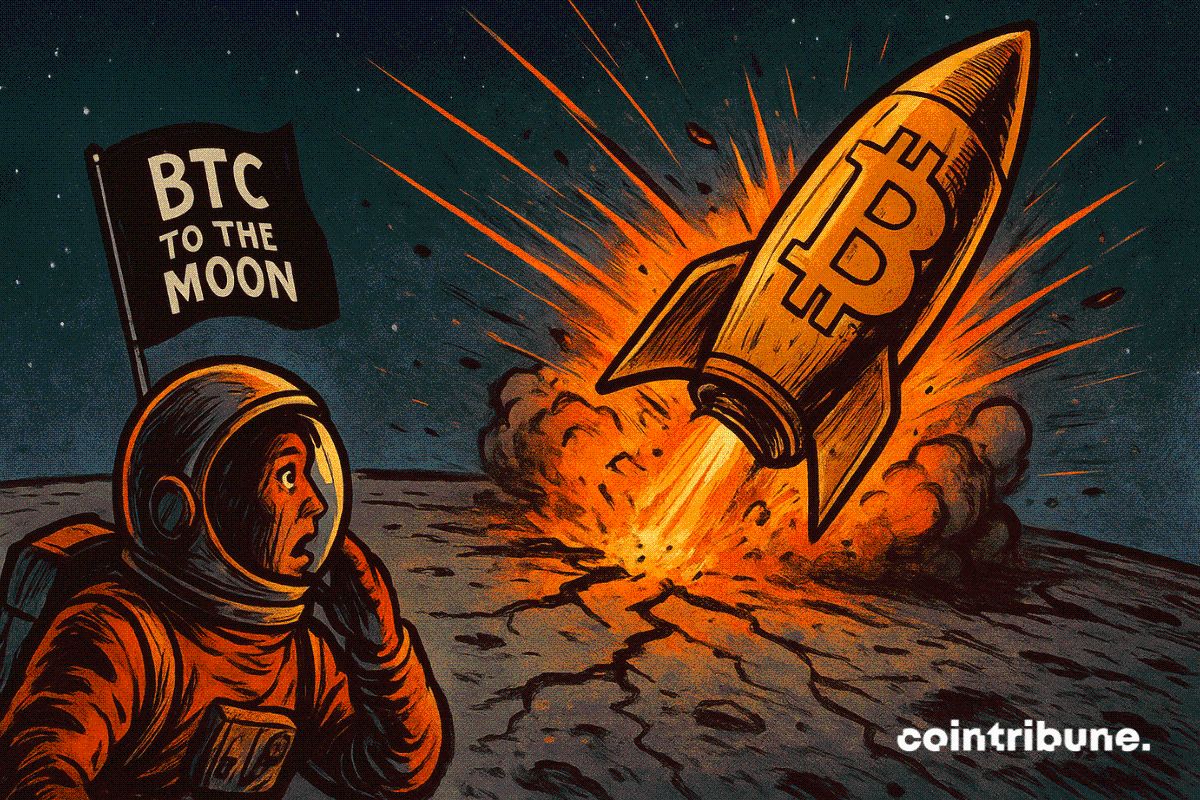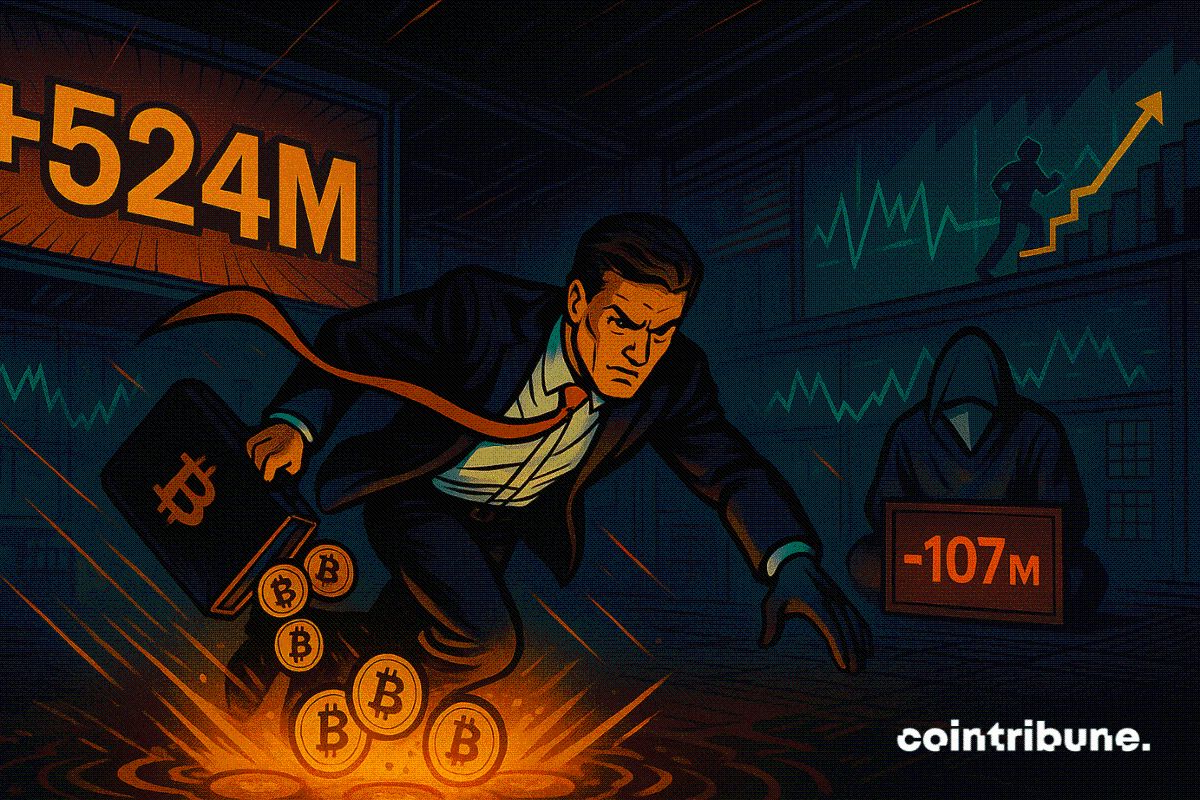Are you following the latest developments in crypto legislation? A significant piece of proposed law, dubbed the Genius Act, has recently passed the Senate, sending ripples of concern through the financial world. This bill, designed to provide clarity for stablecoins, aims to give stablecoin holders priority in bankruptcies. While seemingly beneficial for the crypto ecosystem, critics are sounding alarms, suggesting it could inadvertently place a heavy burden on traditional banks and, more importantly, potentially disadvantage non-crypto depositors. It’s a complex interplay of innovation and traditional finance, and understanding its implications is crucial for anyone invested in the future of money.
Decoding the Genius Act: What is New Stablecoin Regulation?
The Genius Act isn’t just another piece of paper; it represents a pivotal moment for stablecoin regulation in the United States. At its core, the bill seeks to establish a clear framework for how stablecoins operate and, crucially, how they are treated in the event of a financial collapse. Historically, the lack of clear guidelines has been a major hurdle for broader stablecoin adoption and integration into the mainstream financial system.
Here’s a closer look at its key provisions, as reported by DL News:
- Bankruptcy Priority: This is perhaps the most contentious point. The act grants stablecoin holders a prioritized claim in bankruptcy proceedings. This means if a stablecoin issuer goes bankrupt, those holding its stablecoins would be among the first in line to reclaim their assets, potentially ahead of other creditors.
- Bank Issuance: The bill opens the door for traditional banks to issue their own stablecoins. This could bridge the gap between traditional finance and the crypto world, potentially leading to more regulated and stable digital assets.
- Liquid Asset Backing: Any stablecoins issued under this framework must be fully backed by highly liquid assets. This is intended to ensure that the stablecoin always maintains its peg to the underlying fiat currency (e.g., 1 USD stablecoin = 1 USD in reserves).
- Monthly Reserve Disclosures: To enhance transparency and build trust, the act mandates that stablecoin issuers provide monthly public disclosures of their reserve holdings. This allows regulators and the public to verify that stablecoins are indeed fully backed as claimed.
On the surface, these provisions appear to offer a robust framework for stablecoins, addressing common concerns about their stability and transparency. However, the devil, as they say, is in the details, particularly concerning its potential impact on existing financial structures.
The Alarming Debate: Is Your Depositor Protection at Risk?
One of the most significant concerns raised by critics of the Genius Act revolves around the concept of depositor protection. The bill’s provision granting stablecoin holders priority in bankruptcies has led to comparisons with the Federal Deposit Insurance Corporation (FDIC) – but with a critical caveat. Critics argue that the act offers “FDIC-like protection without insurance.”
Let’s break down what this means:
- FDIC Insurance: In traditional banking, the FDIC insures bank deposits up to $250,000 per depositor, per insured bank, for each account ownership category. This means if an FDIC-insured bank fails, depositors are guaranteed to get their money back, up to the limit, because the FDIC steps in using a fund collected from banks.
- Genius Act’s Priority: The Genius Act doesn’t create an insurance fund. Instead, it reorders the queue in a bankruptcy. Stablecoin holders get to jump to the front of the line. While this sounds good for stablecoin holders, it means other creditors, including potentially non-crypto depositors or general unsecured creditors of a bank that also issues stablecoins, might find themselves further back in the line, with fewer assets remaining to claim.
This reordering of priorities is where the controversy truly ignites. If a bank were to issue stablecoins and then face insolvency, the assets designated to back those stablecoins would be ring-fenced for stablecoin holders first. This could potentially reduce the pool of assets available to cover other liabilities, including traditional bank deposits that are not FDIC-insured (e.g., amounts over the $250,000 limit) or other bank obligations. The fear is that this could implicitly shift risk onto the broader financial system or, at the very least, create an uneven playing field where one class of digital asset holders receives preferential treatment without contributing to a shared insurance pool.
Understanding Bank Stability in the Crypto Era
The potential implications for bank stability are a major point of contention. If banks are allowed to issue stablecoins and those stablecoins come with a prioritized claim in bankruptcy, it introduces a new layer of complexity and potential risk to the banking sector. Banks, by their nature, manage risk by balancing assets and liabilities, and the introduction of a new class of liabilities with super-priority could disrupt this delicate balance.
Consider the following:
- Asset Allocation: Banks would need to meticulously manage the liquid assets backing their stablecoins. Any misstep or liquidity crunch could quickly cascade.
- Contagion Risk: If a major bank issuing stablecoins were to face difficulties, the ripple effect on other banks or the broader financial system could be significant, especially if the priority given to stablecoin holders exacerbates losses for other creditors.
- Competitive Landscape: This act could also reshape the competitive landscape. Banks might feel compelled to issue stablecoins to remain relevant in the digital asset space, potentially taking on new forms of risk without adequate safeguards.
While the act mandates liquid asset backing and monthly disclosures, the question remains whether these measures are sufficient to mitigate the systemic risks that could arise from granting such priority. Regulators and financial institutions are grappling with how to integrate novel digital assets without undermining the foundational principles of financial stability that have been built over decades.
Navigating the Future of Crypto Legislation
The journey of the Genius Act is far from over. Having passed the Senate, the bill now moves to the House of Representatives for review. This phase will be crucial, as House members will scrutinize its provisions, debate its merits and drawbacks, and potentially propose amendments. The outcome will not only determine the fate of this specific bill but also set a precedent for future crypto legislation.
The debate around the Genius Act highlights several broader themes in the ongoing evolution of crypto regulation:
- Balancing Innovation and Risk: How can policymakers foster innovation in the digital asset space without introducing unacceptable levels of risk to consumers or the financial system?
- Regulatory Clarity: The crypto industry has long called for clear regulatory guidelines. Bills like the Genius Act are attempts to provide this, but the specifics of that clarity are intensely debated.
- Global Harmonization: As crypto is a global phenomenon, the US approach will influence and be influenced by regulatory efforts in other major economies.
- Consumer Protection vs. Investor Protection: The distinction between protecting a stablecoin holder (who might view it as a digital currency) and an investor (who understands the risks of an asset) is becoming increasingly blurred and challenging for lawmakers.
The deliberations in the House will undoubtedly involve extensive testimony from industry experts, consumer advocates, and financial regulators. The final form of the bill, should it pass, will significantly shape the operational environment for stablecoins and the broader crypto market for years to come.
Actionable Insights: What’s Next for Stablecoins and Banks?
For individuals and institutions alike, staying informed about the Genius Act and similar legislative efforts is paramount. Here are some actionable insights:
- Monitor House Deliberations: Keep a close eye on the House of Representatives’ proceedings regarding the Genius Act. The outcome will directly impact how stablecoins are regulated and how banks can participate in the crypto economy.
- Understand Your Holdings: If you hold stablecoins, understand the specific issuer’s policies and the potential implications of new legislation on your assets.
- Assess Bank Offerings: As banks potentially enter the stablecoin issuance space, evaluate their offerings with a critical eye, considering the backing assets and any associated risks.
- Advocate for Balanced Regulation: Participate in the public discourse. Your voice, through various channels, can help shape legislation that is both innovative and secure.
The intersection of traditional finance and cryptocurrency is a dynamic space, and legislative actions like the Genius Act underscore the urgent need for comprehensive and thoughtful regulation. The goal should be to foster growth and innovation while safeguarding financial stability and ensuring equitable treatment for all participants.
Conclusion: A Crucial Crossroads for Crypto and Finance
The Genius Act represents a pivotal, albeit controversial, step in formalizing the role of stablecoins within the US financial system. While it aims to provide much-needed clarity and a pathway for banks to engage with digital assets, the concerns it raises about bank stability and equitable depositor protection are profound and warrant serious consideration. The debate over whether to grant stablecoin holders priority in bankruptcy without a corresponding insurance mechanism highlights the delicate balance lawmakers must strike between fostering innovation in stablecoin regulation and safeguarding the broader financial ecosystem. As this critical piece of crypto legislation moves through the House, its final form will undoubtedly shape the future landscape of both traditional banking and the burgeoning world of digital currencies.
To learn more about the latest crypto market trends, explore our article on key developments shaping stablecoin regulation and bank stability in the digital age.




